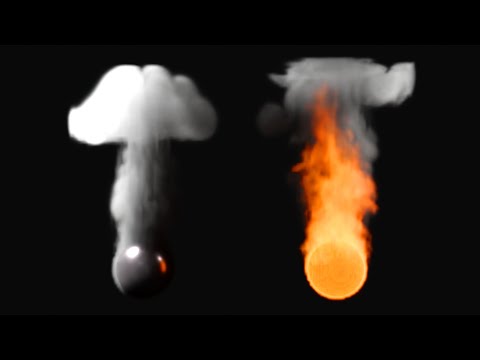Description:
Explore Mantaflow smoke and fire domain settings in Blender 3.2 through this comprehensive 22-minute tutorial. Learn about gas domains and their role in simulating physical properties of fire and smoke. Discover how to create and configure gas domains, adjusting settings such as resolution division, cache types, time scale, and CFL number. Delve into advanced features like border collisions, adaptive domain, buoyancy density, and smoke vorticity. Master techniques for enhancing realism with noise, upres factor, and flame smoke settings. Gain insights into temperature control, guide systems, and field weights to create stunning fire and smoke simulations in Blender.

Fire and Smoke Simulation Domain Settings - Blender Tutorial
Add to list
#Art & Design
#Visual Arts
#3D Design
#Blender
#Science
#Physics
#Gravity
#Computer Science
#Computer Graphics
#Mantaflow